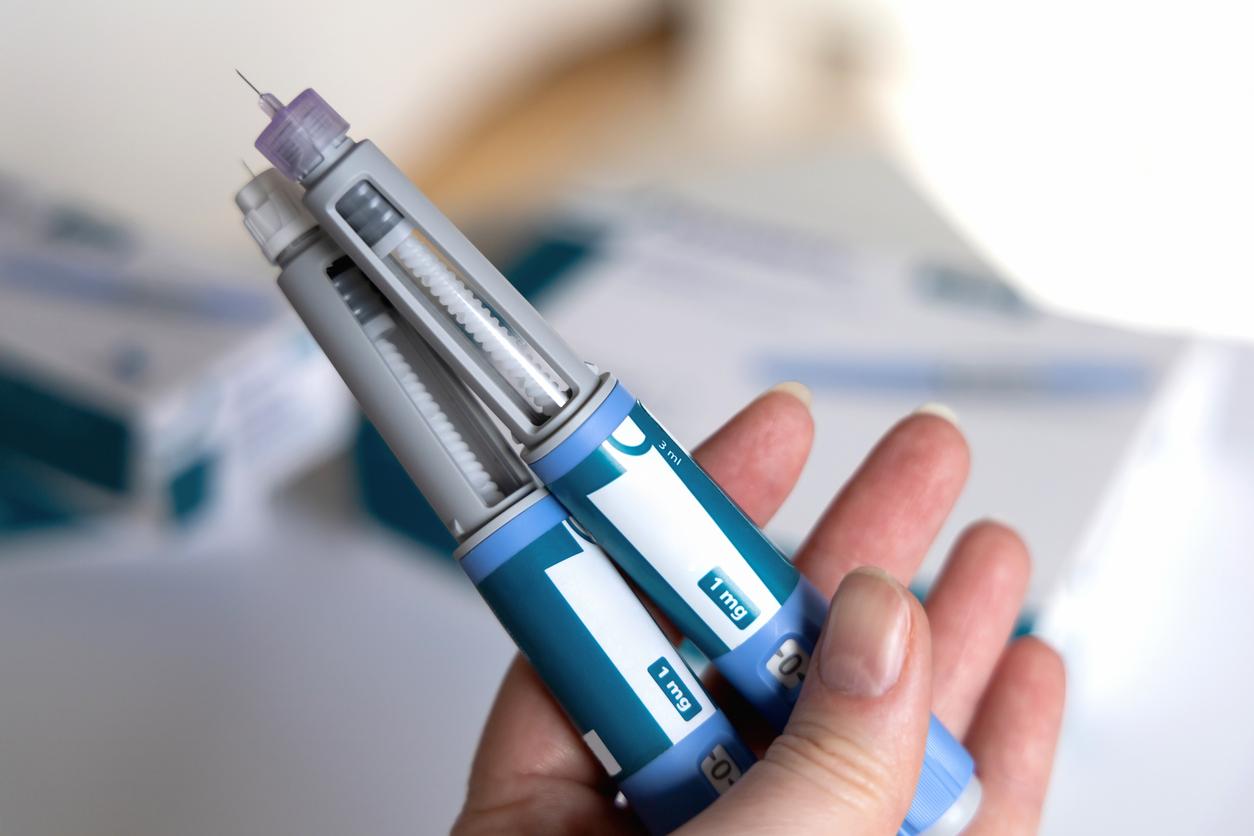In Quebec, six patients whose corneas had been severely damaged received a cornea transplant cultivated in the laboratory from stem cells.

Six people benefited from a cornea transplant produced in the laboratory from stem cells.
This unprecedented intervention was performed at the CHU de Québec, and Dr. Lucie Germain, professor at Laval University and in charge of the team leading this reconstruction of the cornea, explained this operation which results from a process called tissue engineering. Stem cells are taken by biopsy from the patient’s unaffected eye, and then cultured in a healthy environment and grafted into the patient’s affected eye.
This is to treat patients who have severe corneal stem cell deficiency due to a burn or eye disease.
The cornea, through which light passes, is a transparent tissue that covers the iris and the pupil. It can be permanently damaged for many reasons, such as infection, trauma or inflammation. In a statement, Dr Richard Bazin, ophthalmologist at the University Center for Ophthalmology stressed that “the consequences of poor corneal healing can be serious and lead to reduced vision or even blindness”
An absence of rejection of the cornea
If a transplant is needed, the cornea often comes from donors, and in this case the risk of rejection occurs in 10 to 15% of cases. The new transplant technique does not cause any rejection since the cornea has been reconstituted from the cells of the patient himself. “The difference is incredible, I got my eye back 100%,” the newspaper said. Press, one of the patients who benefited from this transplant.
Dr Bazin added that it was already planned that ten other patients will benefit from it in the coming months. “We will be able to transplant all people who have severe chemical burns, severe autoimmune diseases, congenital diseases. “
A new and hopeful technique
This new technique is still being tested, but could allow several people with corneal problems to benefit from this new medical technique. She is therefore full of hope because thanks to this type of transplant, we could improve the vision of patients who have been affected by a phenomenon that has destroyed the stem cells in their cornea.
According to Dr. Lucie Germain, the patients all show interesting signs of progress, despite the fact that some have been treated for just three months.
.















